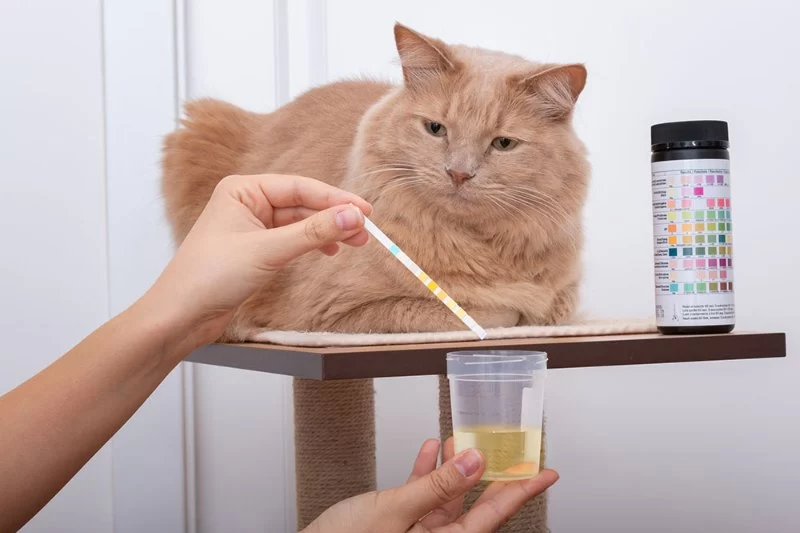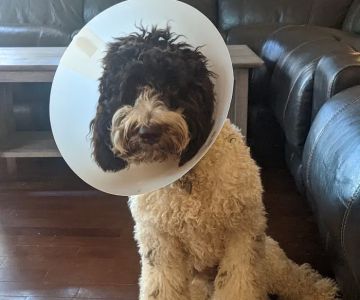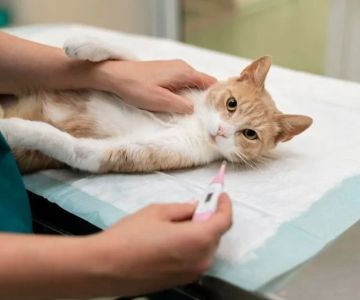- Understanding Feline Renal Disease
- Recognizing Symptoms Of Kidney Disease In Cats
- Treating Feline Renal Disease
- Preventing Feline Kidney Disease
- When To Seek Veterinary Care
Understanding Feline Renal Disease
Feline renal disease, commonly referred to as kidney disease, is a serious condition affecting cats, especially as they age. This disease impacts the ability of the kidneys to filter waste products from the blood, which can lead to various complications and a decline in overall health. Kidney disease in cats can be chronic or acute, with chronic renal disease being the most common in older cats.
Recognizing Symptoms of Kidney Disease in Cats
Early detection of kidney disease in cats is crucial for successful management and treatment. However, the symptoms often develop gradually, and many pet owners may not notice them until the disease is advanced. Below are common signs of feline renal disease:
1. Increased Thirst and Urination
One of the first signs that your cat might be suffering from kidney disease is an increase in thirst (polydipsia) and urination (polyuria). The kidneys’ inability to concentrate urine causes your cat to drink more water in an effort to flush out waste. If you notice your cat constantly drinking and urinating more than usual, it’s time to schedule a vet visit.
2. Weight Loss and Poor Appetite
As kidney disease progresses, cats often lose their appetite (anorexia) and start losing weight. This can be due to the body’s inability to process food properly and absorb nutrients. Cats may also become more lethargic and may have a poor coat condition due to malnutrition.
3. Vomiting and Diarrhea
As toxins build up in the body, cats with kidney disease may begin to vomit frequently or have diarrhea. These symptoms can be mistaken for other digestive problems, so it’s important to consider the full range of symptoms when assessing your cat’s health.
4. Bad Breath (Uremic Breath)
When kidney disease progresses, your cat may develop a distinct foul-smelling breath, often described as "uremic breath." This is caused by the buildup of waste products like urea in the bloodstream, which are typically filtered out by healthy kidneys.
Treating Feline Renal Disease
While kidney disease in cats is not curable, it can be managed effectively with proper treatment and care. The goal of treatment is to slow the progression of the disease, alleviate symptoms, and improve your cat’s quality of life. Here are the main treatment options:
1. Diet Modifications
Diet plays a key role in managing feline kidney disease. Special therapeutic diets designed for kidney support can help reduce the workload on the kidneys, control phosphorus levels, and provide adequate nutrition. These diets typically contain lower amounts of protein and phosphorus while providing higher levels of omega-3 fatty acids.
Your veterinarian may recommend specific prescription diets such as Hill's Prescription Diet k/d or Royal Canin Renal Support to meet your cat’s needs.
2. Fluid Therapy
Fluid therapy is often used in cats with kidney disease to help maintain hydration and flush out toxins. This can be done through subcutaneous fluids (under-the-skin injections) that your vet can teach you to administer at home. It helps to keep your cat hydrated and support kidney function.
3. Medications
There are several medications that can be prescribed to manage the symptoms of kidney disease and improve quality of life. These may include anti-nausea medications, phosphate binders (to control high phosphorus levels), and medications to manage blood pressure or treat anemia.
4. Regular Veterinary Checkups
Frequent vet visits are essential to monitor the progression of kidney disease. Blood and urine tests will be performed to check kidney function, electrolyte levels, and overall health. Your vet may also recommend monitoring your cat’s weight, appetite, and hydration status regularly to adjust treatment as needed.
Preventing Feline Kidney Disease
While not all cases of kidney disease can be prevented, there are several measures you can take to reduce your cat’s risk, especially if they are at higher risk due to age or breed.
1. Provide a Balanced Diet
Feeding your cat a high-quality, nutritionally balanced diet can help support overall kidney health. Cats are obligate carnivores, meaning their diet should be primarily animal-based protein. Avoid feeding them a diet that is overly rich in carbohydrates, which could contribute to obesity—a factor that increases the risk of kidney disease.
2. Encourage Water Intake
Dehydration is one of the most common causes of kidney stress in cats, so it’s important to encourage your cat to drink plenty of water. Some cats prefer running water, so a water fountain may help increase their water intake. You can also offer wet cat food, which contains higher moisture content, to help keep them hydrated.
3. Monitor Regularly for Signs
As your cat ages, regular vet checkups and blood tests are important to detect kidney disease early. Regular monitoring can help catch kidney issues in the early stages when treatment options are most effective.
When to Seek Veterinary Care
If you notice any of the signs mentioned earlier, it’s essential to seek veterinary care as soon as possible. Early detection and treatment are key to managing kidney disease and improving your cat’s quality of life. A veterinarian will conduct a thorough physical exam, blood tests, and urinalysis to diagnose the condition accurately.
If you’re concerned about your cat’s health or suspect kidney disease, visit your local vet or specialty practice like Hidden Brook Veterinary for expert guidance and care. They can help you develop a treatment plan that suits your cat’s specific needs and ensure they receive the best possible care during their illness.












